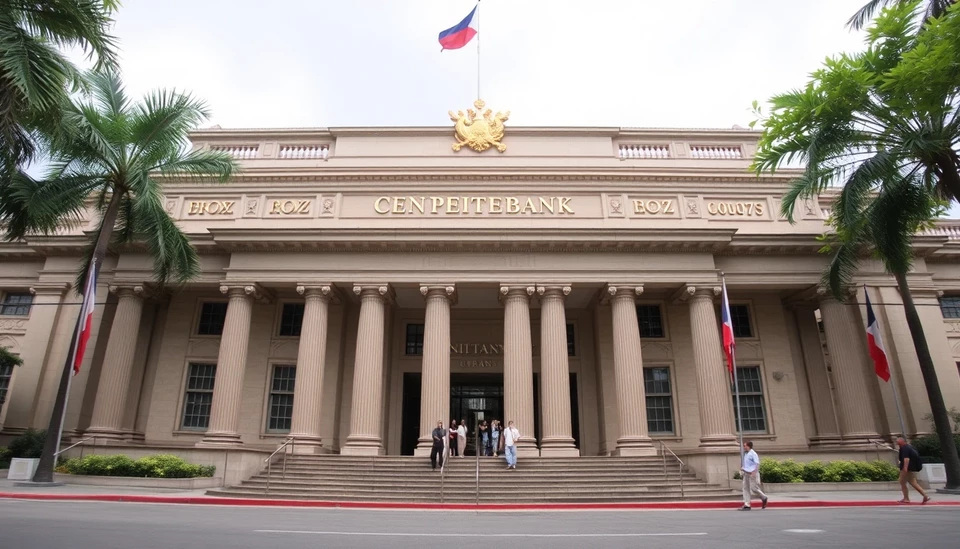
The Philippine economy experienced a deceleration in growth during the third quarter of 2024, recording a rate of 5.2%, according to the latest data released by the Philippine Statistics Authority. This marks a notable decline from the robust 6.5% annual growth seen in the previous quarter and falls short of initial forecasts that anticipated a growth spurt of about 5.8% to 6.0% for this period. Analysts and economists are now reflecting on the implications of this downturn as various internal and external factors come into play.
This slowdown can largely be attributed to several influencing variables, including soaring inflation rates, a shift in consumer spending behaviors, and a decrease in manufacturing output. The inflation rate in the Philippines has been a pressing concern, with food prices particularly impacted. Recent data indicate inflation levels hovering around 6%, significantly affecting household budgets and disposable income.
Consumption, which has historically been a key driver of the Philippine economy, has also shown signs of fatigue. With Filipinos increasingly tightening their belts due to the rising cost of living, retail figures measured a drop, particularly in the non-essential goods sector. Experts suggest that this change in consumer behavior could indicate a conservative approach to spending, as households prioritize savings over discretionary purchases.
Moreover, the manufacturing sector, which forms a crucial part of the economy, has witnessed a downturn. Factors contributing to this include ongoing supply chain disruptions and the global economic landscape's volatility. Many manufacturers report difficulties in sourcing raw materials and navigating higher operational costs, which are transforming their production capabilities.
Despite the challenges, some sectors have continued to demonstrate resilience. Services, particularly in areas such as tourism and information technology, show promising growth. The government remains optimistic, projecting that ongoing infrastructure projects and investments in technology will provide a buffer against the current economic tumult.
In response to these economic shifts, analysts emphasize the need for strategic interventions from policymakers. Suggestions include augmenting social safety nets to support affected households, promoting local industries to reduce import dependency, and maintaining a favorable environment for foreign investment to stimulate growth.
The government is also expected to reassess its fiscal policies to better align with current economic realities. With a global economic outlook that remains uncertain, the Philippines faces the considerable task of navigating these waters, balancing between sustaining growth and addressing the immediate economic concerns of its citizens.
Market observers are keenly watching the upcoming economic policies from both the central bank and the government as they work to stabilize and reignite growth momentum as we move towards 2025. The public's confidence will likely play a crucial role in determining the country's economic trajectory in the coming months.
All eyes will also be on the next quarterly reports and the measures enacted to counteract this slowdown. The Philippine economy, known for its resilience, has weathered previous storms, and analysts are hopeful that it can recover from this dip with the right strategies and adjustments in place.
As the Philippine economy adjusts to these new challenges, stakeholders remain vigilant, assessing the efficacy of their responses and their potential to stimulate growth in an increasingly complex global economy.
#Philippines #EconomicGrowth #Inflation #ConsumerSpending #ManufacturingSector #PolicyInterventions #Infrastructure #Tourism #EconomicRecovery #2024EconomicOutlook
Author: Laura Mitchell




